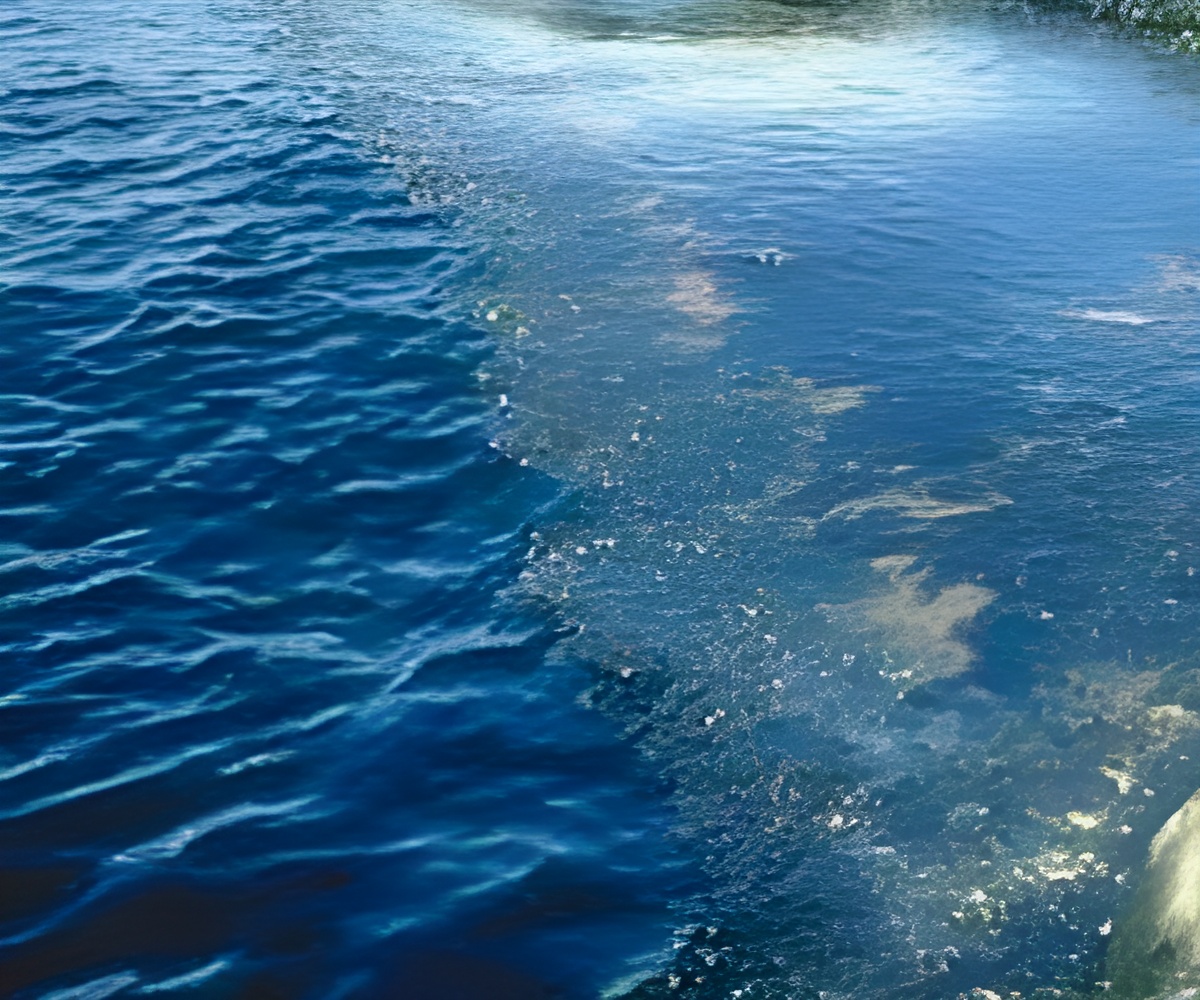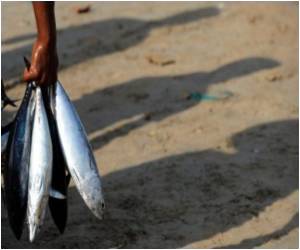A new study by a team of NOAA and academic scientists reveals abnormalities developing in hearts of bluefin and yellowfin tunas because of the crude oil from 2010 Deepwater Horizon disaster.

Atlantic bluefin tuna, yellowfin tuna, and other large predatory fish spawn in the northern Gulf during the spring and summer months, a time that coincided with the Deepwater Horizon spill in 2010. These fish produce buoyant embryos that float near the ocean surface, potentially in harm's way as crude oil from the damaged wellhead rose from the seafloor to form large surface slicks.
The new study shows that crude oil exposures adversely affect heart development in the two species of tuna and an amberjack species by slowing the heartbeat or causing an uncoordinated rhythm, which can ultimately lead to heart failure.
"We know from the 1989 Exxon Valdez spill in Prince William Sound that recently spawned fish are especially vulnerable to crude oil toxicity," said Nat Scholz, Ph.D., leader of the ecotoxicology program at NOAA's Northwest Fisheries Science Center in Seattle. "That spill taught us to pay close attention to the formation and function of the heart."
"The timing and location of the spill raised immediate concerns for bluefin tuna," said Barbara Block, Ph.D., a study coauthor and professor of biology at Stanford University. "This spill occurred in prime bluefin spawning habitats, and the new evidence indicates a compromising effect of oil on the physiology and morphology of bluefin embryos and larvae."
Recent studies are increasingly painting a more detailed picture of how oil-derived polycyclic aromatic hydrocarbons (PAHs) act on the heart. Earlier this year, the Stanford-NOAA team showed in a related paper published in Science (Brette et al. 343: 772) that Deepwater Horizon crude oil samples block excitation-contraction coupling--vital processes for normal beat-to-beat contraction and pacing of the heart--in individual heart muscle cells isolated from juvenile bluefin and yellowfin tuna.
Advertisement
This mechanism explains why the team observed a range of cardiac effects in the developing hearts of intact embryos in the present study. "We directly monitored the beating hearts of living fish embryos exposed to crude oil," said Dr. John Incardona, NOAA research toxicologist and the study's lead author. "The tiny offspring of tunas and other Gulf species are translucent, and we can use digital microscopy to watch the heart develop."
Advertisement
Source-Eurekalert









